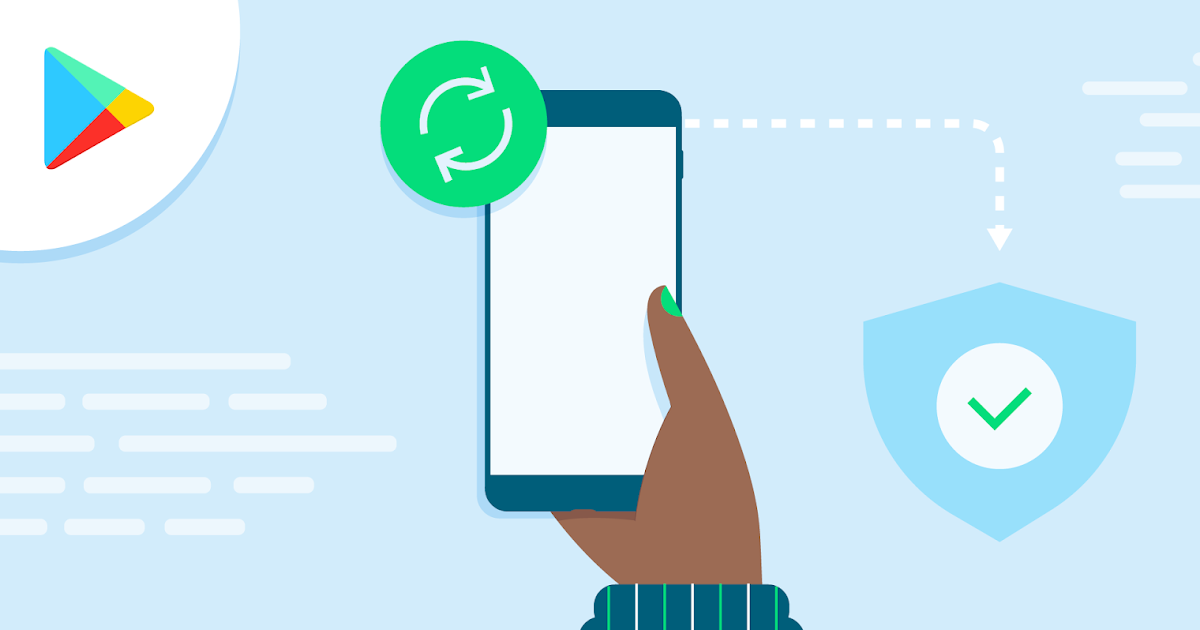Google Play has recently strengthened its target API level requirements to enhance app quality, security, and user experience. For developers, this means that ensuring your app targets the correct Android API level is crucial for maintaining visibility and functionality on the Google Play Store. Here’s a comprehensive guide to understanding and addressing these requirements.
Understanding the Requirements
New Apps and App Updates
For all new apps and updates to existing apps, Google Play mandates that they must target at least Android 14 (API level 34) or higher. This ensures that new apps leverage the latest features and security enhancements provided by the most recent version of Android.
Existing Apps
If you have an existing app, it must target at least Android 13 (API level 33) to be available to new users on devices running Android OS higher than your app’s target API level. This requirement helps maintain app performance and compatibility with newer Android versions.
Potential Consequences of Non-Compliance
Reduced App Visibility
Apps that do not meet the target API level requirements may not be discoverable to users with newer Android devices. This can lead to a significant drop in user acquisition and app downloads.
User Complaints
Failing to target the appropriate API level can result in compatibility issues and performance problems, which may lead to negative reviews and decreased user satisfaction.
Play Store Restrictions
Google Play may impose penalties, including restricting the app’s availability or removing it from the store, if it does not meet the required API level. This can have a severe impact on your app’s reach and reputation.
Steps to Update Your Target API Level
1. Check Your Current Target API Level
To begin, verify your app’s current target API level:
- Open Your App Project in Android Studio:
- Launch Android Studio and open the project you want to update.
- Go to the
build.gradleFile:- Navigate to the
appmodule and open thebuild.gradlefile.
- Navigate to the
- Locate the
defaultConfigBlock:- Find the
defaultConfigblock and check thetargetSdkVersionproperty. This will show the current API level your app targets.
- Find the
2. Update to the Required Target API Level
Once you’ve identified your current target API level, update it as follows:
- Set the
targetSdkVersion:- Modify the
targetSdkVersionto34for new apps or33for existing apps. For example:gradleCopy codedefaultConfig { targetSdkVersion 34 }
- Modify the
- Consider Minimum SDK Version:
- Ensure that the
minSdkVersionis set appropriately to maintain compatibility with older devices while targeting the new API level.
- Ensure that the
3. Address Compatibility Issues
Updating the target API level may introduce compatibility issues. To address these:
- Test Thoroughly:
- Run your app on devices running the target API level and lower. Identify and fix any issues related to deprecated APIs, behavior changes, or resource conflicts.
- Use Android Studio’s Lint Tool:
- Utilize Android Studio’s lint tool to detect potential issues. The lint tool provides warnings and suggestions to help you address common problems.
4. Leverage New Features
Take advantage of the new APIs and features available in the target API level:
- Explore New APIs:
- Review the Android API documentation to identify new APIs and features that can enhance your app’s functionality and user experience.
- Implement New Functionality:
- Integrate relevant new features into your app to provide a better experience for users and stay competitive.
5. Test Thoroughly
Testing is critical to ensure that your app performs well across different devices and Android versions:
- Conduct Extensive Testing:
- Test your app on various devices and Android versions to identify any compatibility or performance issues.
- Gather User Feedback:
- Monitor user feedback and bug reports to address any issues that may arise after the update.
Additional Tips
Gradual Updates
If your codebase is large or complex, consider updating the target API level in stages. This approach can help manage the complexity and minimize disruptions.
Stay Informed
Keep up-to-date with the latest Android developer documentation and Play Store policies. Regularly check for updates to ensure ongoing compliance with new requirements.
Use Android Studio Features
Leverage Android Studio’s features, such as the built-in migration tools and code inspections, to streamline the process of updating your target API level.
Conclusion
Updating your app to comply with Google Play’s target API level requirements is essential for maintaining visibility, performance, and user satisfaction. By following the steps outlined in this guide and staying informed about the latest changes, you can ensure your app remains compliant and continues to reach a wide audience.
Remember: The deadline for updating existing apps to target Android 13 is August 31, 2024. Plan accordingly to avoid any potential issues and keep your app in good standing on the Google Play Store.
For more detailed information, refer to the Google Play Console Help and the Android developer documentation.
